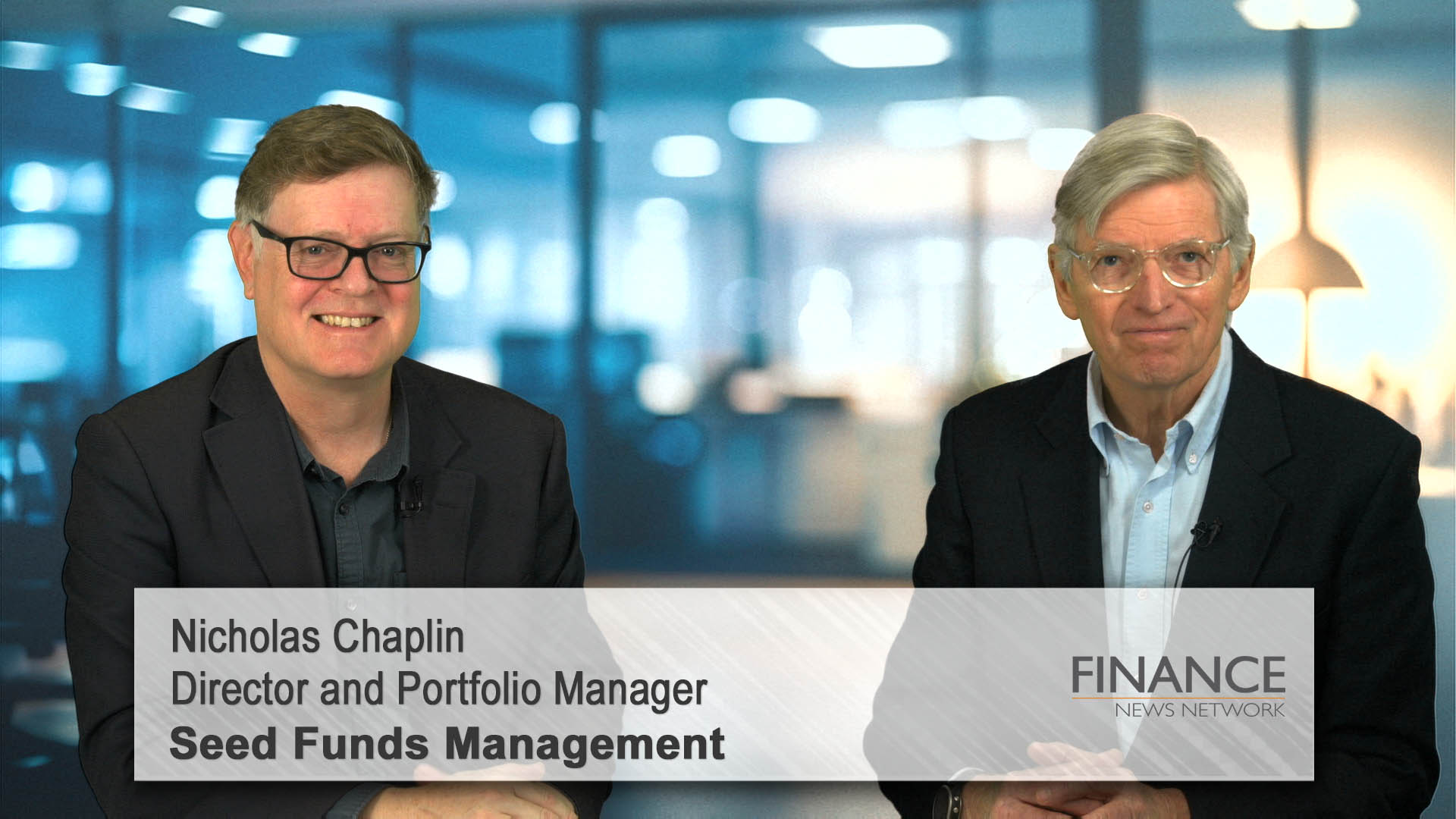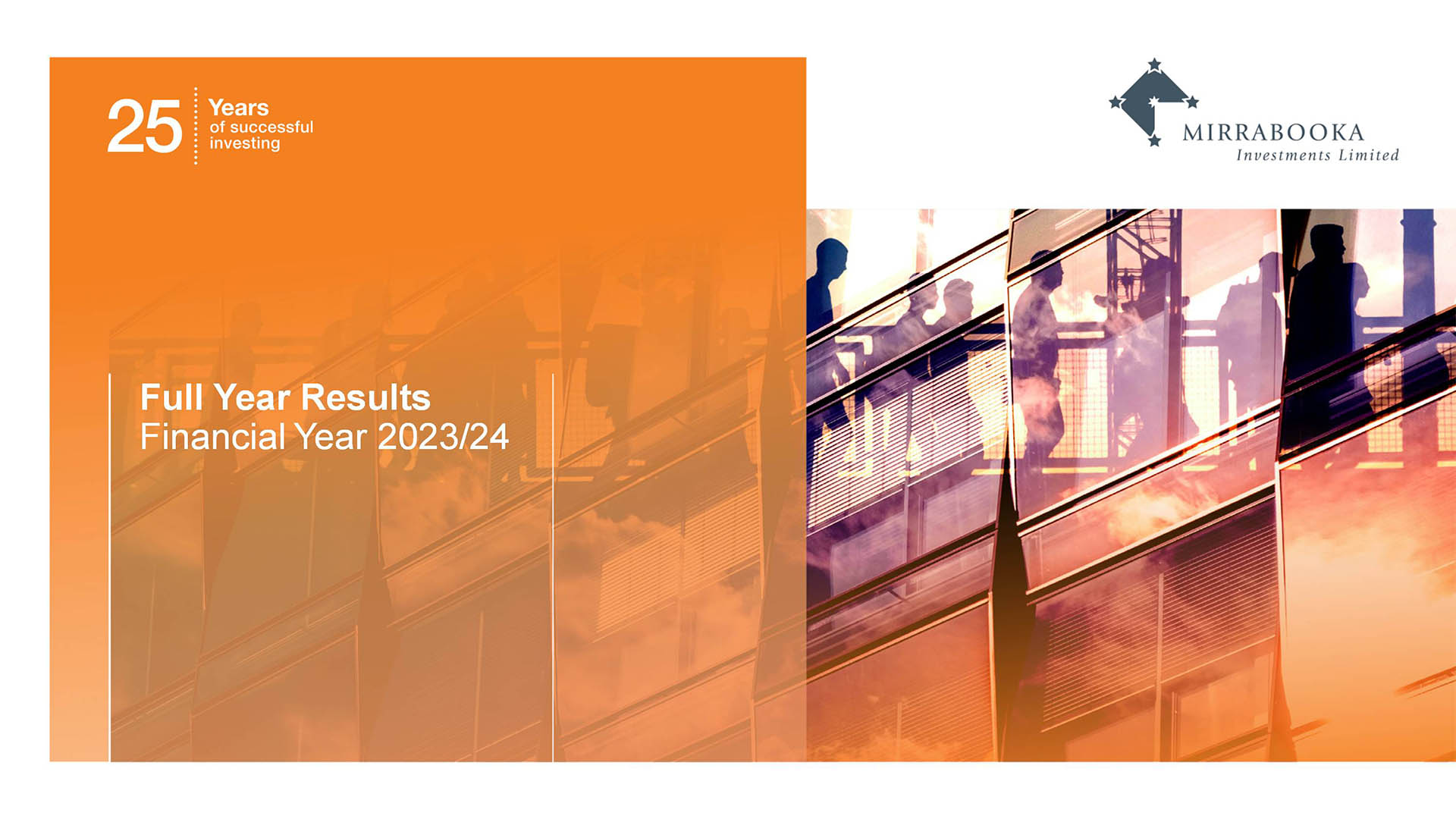Style factors continue to play an important role
Strong GDP growth this year is already priced into Australian share prices. For 2022, our expectation is that local and global growth will likely begin to fade as fiscal stimulus begins to unwind, after being heavily front-loaded into the first half of this year. As a result, consensus earnings growth estimates will likely be trimmed and earnings momentum (upgrades less downgrades) may turn negative. Under this scenario, value is unlikely to continue to outperform growth. We expect the value rotation trade to first fade and later reverse. Unlike some market strategists, we see limited scope for interest rates to move much higher given the historically high post-COVID levels of domestic household debt.
In our view, it is not too soon to think of taking profit on some of the value positions that have done well, and to begin positioning Australian equity portfolios for the return to favor of quality growth in 2022. We note that stimulus as measured by the fiscal impulse (the change in the cyclically-adjusted primary budget balance as a % of GDP) is much less in 2021 than it was in 2020. In 2022 it is set to turn negative (the ‘fiscal cliff’ effect), subtracting from GDP growth in that year. Under these conditions – a return to slower growth and sustained low interest rates – we believe growth stocks should return to favour. In portfolio positioning, our focus is on ‘Quality Growth’, increasing active bets in the areas of higher quality businesses and cyclical growth. The quality category has underperformed over the past year (See Figure 1) and has created opportunities within out of favour businesses such as select health care names.
The Australian equity market only has a small technology sector (3.7%¹ market weight), but it is growing rapidly with companies such as Afterpay (the ‘buy now, pay later’ service popular with Millennials), Megaport (network-as-a-service and data center company), and Xero (cloud-based accounting software platform for smaller companies) as examples. We are of the view that while these companies may not drive the broader Australian index direction, they have not been spared from the recent sell off in high growth, high valuation companies. Cheaper-than-recent-history valuation alone is not a thesis – we are very focused on determining which businesses in this space will continue to see strong and improving fundamentals.

A strong economic recovery, led by housing
Australia’s economy has recovered strongly from the 2020 pandemic led by enormous government support, robust consumer activity and a strong housing market. Retail sales growth is near multi-decade highs and business confidence set a new record high in April according to the latest National Australia Bank (NAB) survey (see Figure 2). Australian companies reported sharply higher sales, profits, and employment. Capacity utilization rose to a high level, an encouraging sign that the economy is taking the end of the government’s JobKeeper support program in its stride. Meanwhile, the share of JobSeeker recipients with zero hours worked has fallen below 80%, the lowest since 2017. As a result of the economy reopening faster and rebounding more strongly, the government’s fiscal situation has improved relative to the forecast baseline, with stronger tax revenues, fewer JobKeeper recipients, and the bonanza from record iron ore prices.
Accommodative fiscal and monetary policy have provided powerful tailwinds for Australia’s domestic growth-driven revival. Australia had no significant macro imbalances entering the pandemic recession, and the short duration of the recession means that “economic scarring” has been minimal. As a result, economic data is surprising on the upside. Consumer data continues to be robust with both soft and hard data printing strong, supported by a strong balance sheet where net wealth is a record 8 times household disposable income. In the labor market, unemployment has fallen back to its 10-year average, falling to 5.5% in March from a recession peak of 7.5% last July.
Because the pandemic induced recession was not accompanied by a financial crisis, the housing channel has been working well in Australia’s recovery. Residential property demand has responded strongly to lower mortgage rates, and private new dwelling construction grew by an impressive 4.1% QoQ in Q1. Although there is a risk of the sector overheating, at this stage neither the Reserve Bank of Australia (RBA) nor Australian Prudential Regulation Authority (APRA) seem likely to step in to cool the sector, since fostering the economic recovery takes precedence. Housing is central in this respect, since rising residential property turnover historically has had a positive multiplier impact on the Australian economy. Australia’s export performance has also been strong thanks mainly to the surge in the price of iron ore, reflecting China’s record high steel production. The RBA’s index of commodity prices is currently around 30% above the 2019/20 average, an unexpected terms of trade gain that delivered a significant boost to Australia’s real national disposable income. Gross mining profits are close to 8% of nominal GDP, double the last trough in 2016. Our outlook for iron ore has turned negative given the extreme rally in the commodity has been fueled by temporary distortions in supply/ demand. While we have taken action within the portfolio, fully exiting purer play iron ore exposures for the first in the history of the strategy, for the Australian economy the elevated price is a strong tailwind with budget expectations modelling $US55 a tonne (approx. 70% lower than current levels).


Monetary and fiscal policy to stay easy
Australian policymakers are expected to keep economic policies accommodative, especially with the COVID-19 vaccine rollout missing the mark so far. This points to economic policies remaining supportive over the course of 2021 and into 2022. The RBA last November announced changes to its monetary policy framework. It has committed to not raising policy rates until higher inflation is visible in the data, as opposed to being forecast to occur in the future.
Thus, monetary policy is likely to remain far more accommodative than we have seen in past economic cycles. In its May Statement, the RBA specifically addressed the implications of global supply chain disruptions for local business. It noted that so far, disruption issues have generally been “mild and/or temporary,” with only 10% of businesses experiencing more serious supply chain issues. This is consistent with Governor Lowe’s message that inflation is expected to remain subdued over the medium-term and any inflation spike in 2021 is likely to prove transitory. While we view the threat to equities from domestic inflation in Australia as limited, there is still the potential for spillover effects to the economy and equities from higher global bond yields.
The RBA may revisit its policy settings next year, depending on how strong the economy is in 2022, what is happening to inflation and whether a tighter labor market is giving rise to wage inflation. In the meantime, the extreme dovishness adopted by the RBA, coupled with accommodative fiscal policy, is expected to continue to provide important support to the economy. On the fiscal side, a federal election is expected to take place in Australia within the next 12 months. The stronger recovery from the pandemic means that government revenues are some AUD50 billion more than originally projected. Thus, we can probably expect to see some additional moderate fiscal support from the government ahead of a federal election.
With regard to the currency, the Australian dollar (AUD) is benefitting from a weaker U.S. dollar and the rebound in global risk appetite. It is not yet at a level that threatens Australian competitiveness, and there may be more upside potential from high commodity prices.
International reopening delayed
Still the biggest risk by far to Australia’s promising outlook in our view would be another coronavirus outbreak. The recent experience of Taiwan – virtually COVID-free for 15 months but suddenly confronting a major domestic outbreak – is a warning to other countries like Australia that have kept the virus at bay. Current developments in Victoria are a reminder much closer to home, likely giving the wake up call we needed that this isn’t over yet. The slow vaccine roll out and signs of increasing vaccine hesitancy means that Australia remains vulnerable. With CSL manufacturing the AstraZeneca vaccine locally, producing 1 million doses per week, the hope is that the vaccine rollout can make up for some of the earlier delays.
With COVID-19 vaccination rates still far below other major economies, Australia has needed to push back expectations of opening its international borders, currently mid2022 but a highly uncertain target. The travel bubble announced recently with New Zealand involves two countries in a similar position and is not a surprise.
One consequence of delayed international reopening is that we expect the government to make every effort to foster strong domestic consumption. Consumer strength is a key theme in our portfolio.

Market views and equity strategy
Our Australian equity strategy is well positioned in cyclical growth, and high-quality stocks that we believe have durable fundamentals and will benefit as economic conditions continue to improve. We have tilted portfolio positioning towards more domestic exposures to reflect the stronger economic performance of the Australian economy. We have also been capitalising on the underperformance within the high quality segments of the market such as health care. This involves identifying attractive relative valuations when we consider longer term normalised earnings. To fund these changes we have taken profit selectively in positions where prices have run very strongly and where either valuations or earnings deceleration pose risks, examples being within Banks or Iron Ore exposures.
Despite our positive view on economic growth, we expect interest rates to continue to remain low in support of the recovery. The continued actions taken by the RBA to aggressively buy longer dated government bonds and keep longer term interest rates down is a strong indication of their ultra-accommodative stance. Whilst the market environment may remain choppy in the near term, we believe quality growth stocks should do well later this year in anticipation of a slower growth environment in 2022.
Conclusion
WHAT WE’RE WATCHING NEXT
The T. Rowe Price Australian Equity Fund invests in high-quality Australian companies undervalued by the market. The objective of the Fund is to provide long-term capital appreciation.













